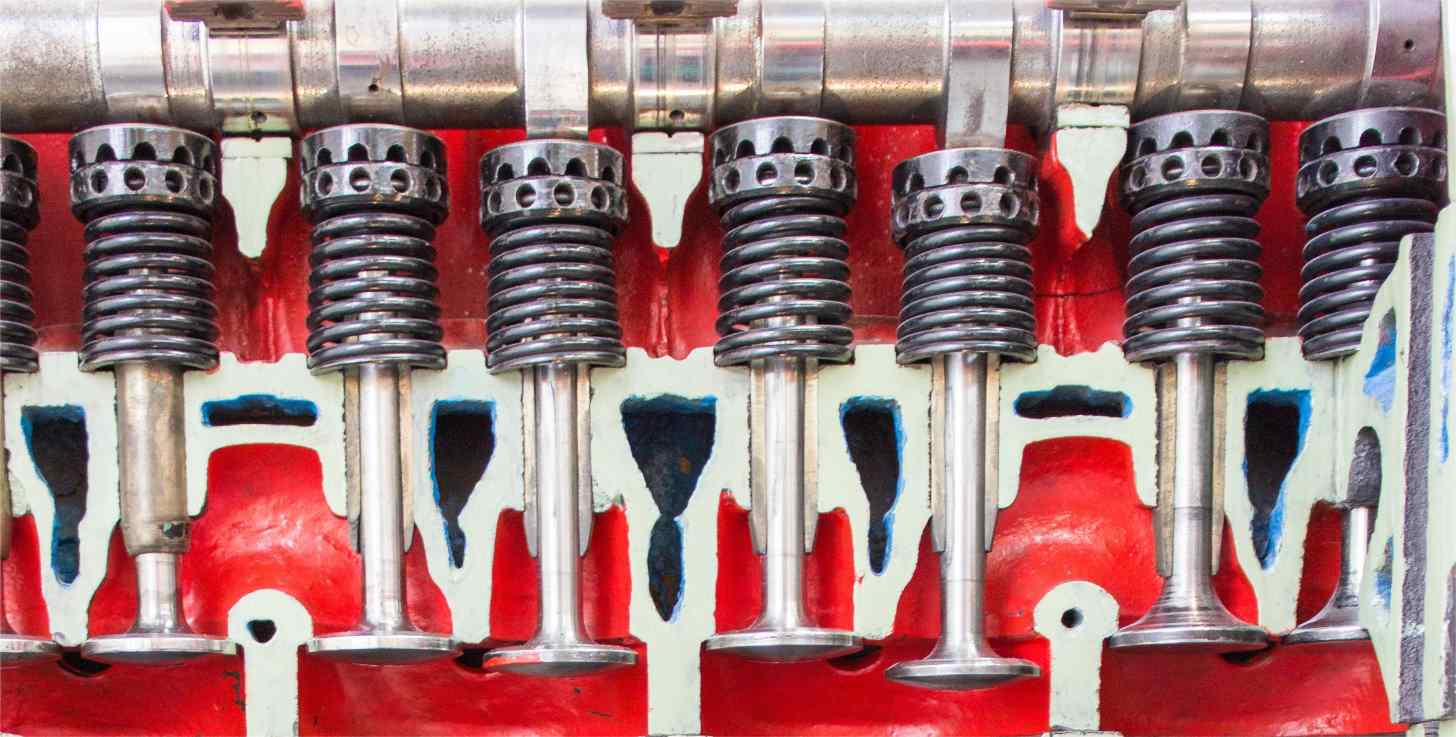9000+ Cashless Garages
1.2 Cr+ Policies Sold

9000+ Cashless Garages
1.2 Cr+ Policies Sold



Over the decades, many technologies have been implemented to determine how fuel can be supplied to a car engine for more efficient operation. Eventually, following the mid-90s, multi-point fuel injection systems or MPFI entered the automotive market in India.
Slowly, it emerged as a breakthrough technology that revolutionised an engine’s performance and simultaneously minimised pollution levels.
In this guide, we will talk about what a multi-point fuel injection system is and discuss its types, components, how it works, advantages and other related aspects.


To better understand a multi-point fuel injection system, you first need to understand the functionality of a carburettor. In petrol cars, carburettors combine fuel with air to power the vehicle's engine. However, automotive engineers spotted a major drawback in this system.
A carburettor could not assess the air-fuel ratio precisely as it lacked electronic control. Therefore, drivers experienced low responsiveness while driving, and emission levels were high.
Modern cars introduced the multi-point fuel injection system to fix this. Simply put, it is an advanced fuel supply system that delivers the fuel directly into the cylinder valves of an ICE vehicle. It is coupled with an engine control unit (ECU) that ensures optimal fuel injection, enhancing the vehicle’s fuel economy and performance.
A multi-point fuel injection system consists of several vital components for effective functioning. They are:
Its primary task is to pressurise the fuel and direct it towards the injector.
This is an electronically controlled solenoid injector that supplies optimal fuel to a car engine’s cylinder valves. The designers make them with precise spray patterns to ensure consistency.
Inside the multi-point fuel injection system, multiple sensors relentlessly monitor the coolant temperature, temperature and speed of the exhaust gases, position of the throttle, and so on. All of these are essential to ensure that the vehicle’s engine receives the right amount of fuel.
This is the heart of the MPFI system, as it centrally controls all the other parts and regulates the fuel injection in real time.
These are specialised filters responsible for removing any solid impurities that are entrapped from the atmosphere.
The working principle of a multi-point fuel injection system aims to optimise the air-fuel mixture for each cylinder. Below, you can go through the various steps of this process:
It is important to note that this entire procedure is repeated for each wheel rotation across all fuel injectors.
The different types of multi-point fuel injection systems are:
In this system, each of the fuel injectors functions independently and supplies fuel to their corresponding cylinder’s intake valve at regular intervals. This technique ensures superior combustion efficiency and greatly contributes to the car engine’s overall power output. Additionally, it helps reduce emissions.
It is an exclusive arrangement in which all the injectors simultaneously deliver fuel to multiple cylinder intake valves. Though there aren’t any major drawbacks to this system, it is considered to be less effective than the sequential multi-point fuel injection system.
Also referred to as the grouped MPFI, this system divides the total number of cylinders into batches or groups. While each batch gets fuel simultaneously, it is not delivered to each cylinder within the batch at a precisely controlled time. Although these engines are cost-effective, they can restrict your car’s overall performance and consume more fuel.
The multi-point fuel injection system ensures a wide range of benefits that have led to its worldwide adoption. Find them listed below:
The accurate functioning of the multi-point fuel injection system ensures smooth combustion. As a result, you can experience enhanced torque, performance and overall increased power while driving.
Timely fuel delivery and effective combustion of the ignition system notably minimise the toxic exhaust emissions. Therefore, it plays a vital part towards maintaining a cleaner environment.
By ensuring the distribution of optimal air-fuel mixture to all the cylinder intake valves, this combustion mechanism reduces fuel consumption and offers enhanced mileage.
MPFI engines boast enhanced cold start capabilities as they can optimise the delivery of fuel depending on real-time engine conditions. This makes sure that your vehicle smoothly starts even during winter.
Finally, multi-point fuel injection system engines are reputed all over the world for their reliability. They can offer you consistent performance as long as your car’s engine lasts, provided you avail of timely maintenance services.
Although multi-point fuel injectors are relied upon for numerous benefits, you should still be aware of their drawbacks. These include:
Even experienced mechanics can face immense difficulties while retrofitting an MPFI system to an old engine. You will have to spend a lot as a significant amount of work will be required.
MPFI engines are much more complex than engines powered by carburettors. Therefore, you would require highly-trained professionals to fix any breakdowns involving an MPFI system.
Many critical components are assembled to produce a multi-point fuel injection system. Thus, naturally, they incur a substantial cost.
The major applications of an MPFI system are:
As the internal components of a multi-point fuel injection system are very expensive, it is highly recommended to own comprehensive car insurance with an engine cover add-on. By doing so, in case your vehicle’s MPFI system undergoes any issues, you can raise seamless claims within the guaranteed limit.
However, you will need to pay slightly more than your regular car insurance premium.